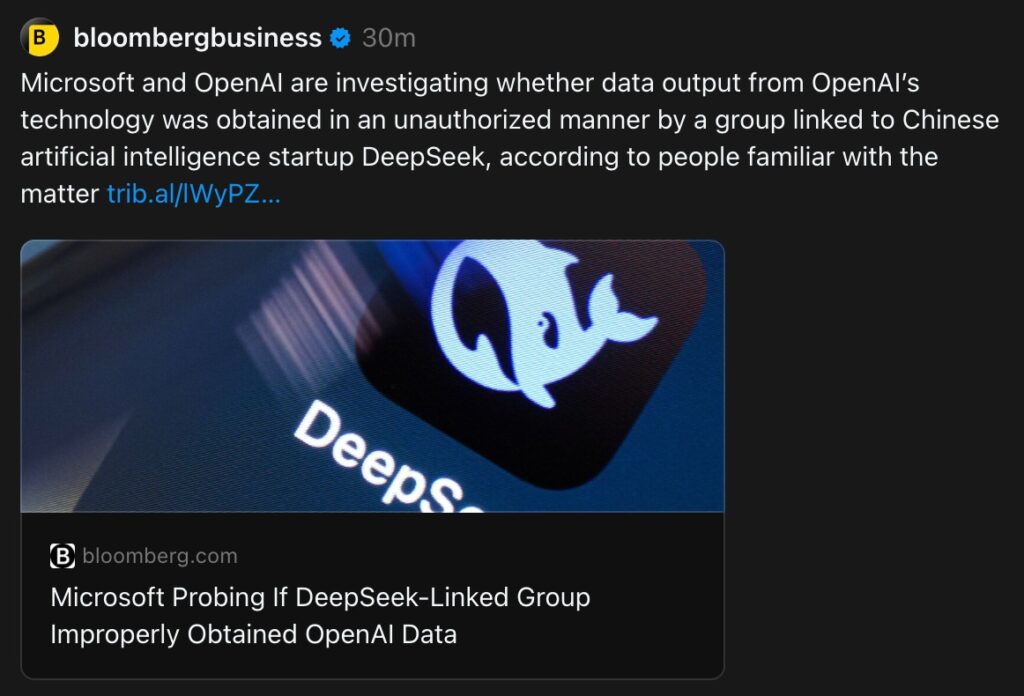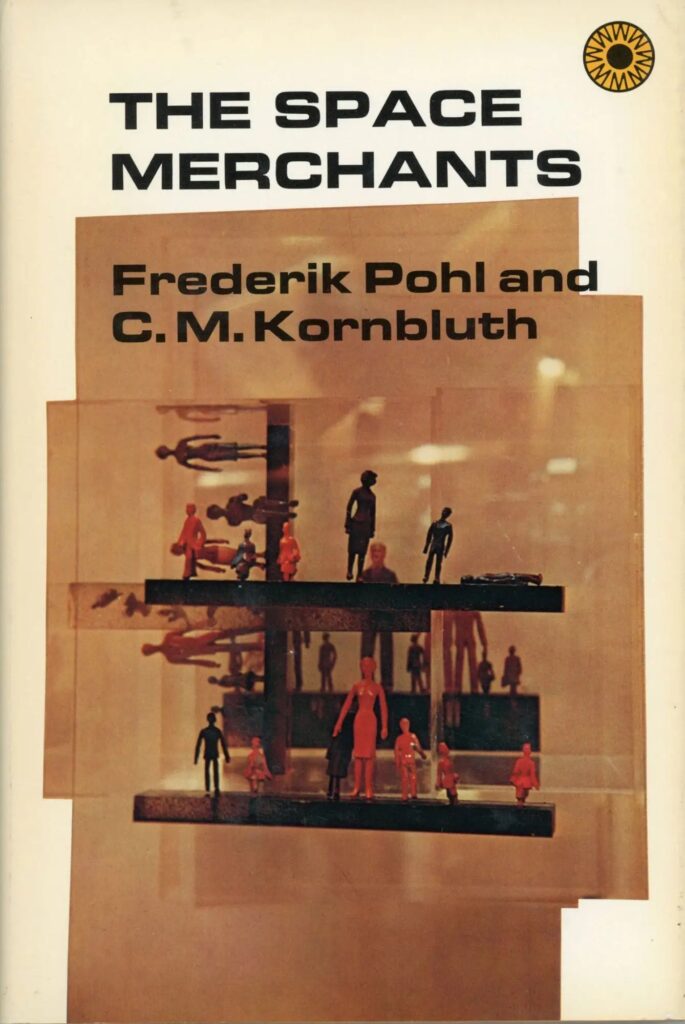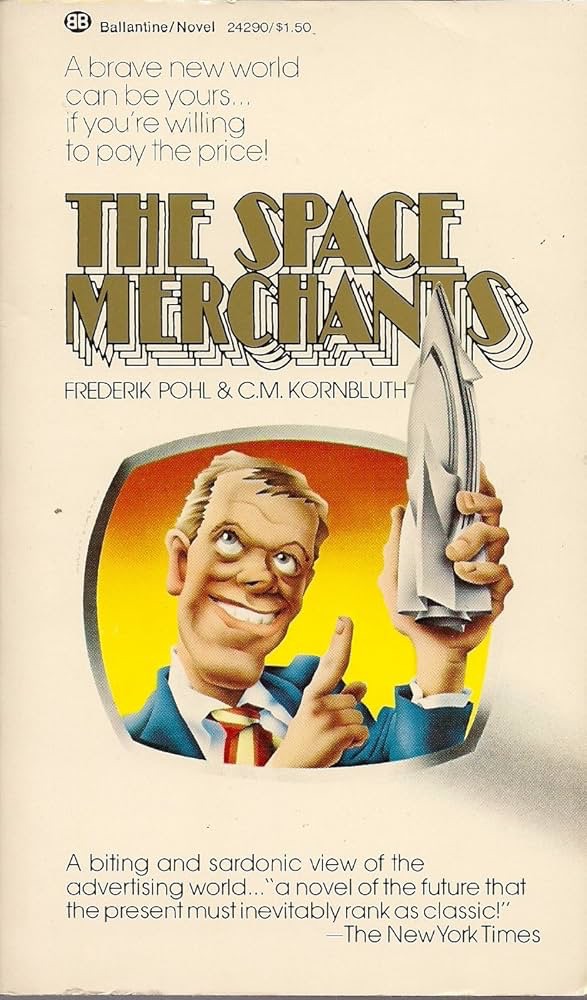
In contemporary capitalism, we observe a recurring phenomenon in which one faction of the professional-managerial class (PMC) sacrifices another sector within its own class, ostensibly in the name of progress, accessibility, or efficiency. This process, which we might term sacrificial disruption, serves two simultaneous functions: first, it gains ideological legitimacy from below (by appealing to mass consumer interests and anti-elite sentiment), and second, it consolidates power at the top, transferring control from traditional professional elites to financial and technological capital.
The Case of the Music Industry
During the late 20th and early 21st centuries, the traditional gatekeepers of the music industry—record labels, radio conglomerates, and physical distributors—formed a relatively stable PMC ecosystem, characterized by rent-seeking behaviors and a hierarchical structure. The rise of digital distribution, however, led a faction within the PMC—tech entrepreneurs, platform developers, and digital marketers—to undermine this system, presenting their disruption as a democratization of music consumption.
Yet, while digital platforms initially reduced the financial burden on consumers, they did not lead to a redistribution of wealth toward artists or a true decentralization of power. Instead, the control of the industry shifted from label executives to tech monopolies and financial capital, which structured streaming services around low per-stream royalties, data extraction, and financialized ownership models (e.g., venture capital-backed rights acquisitions). In effect, while the disruption of record labels was framed as an egalitarian shift, it resulted in an even greater concentration of power among the wealthiest actors—with streaming platforms absorbing a larger share of the surplus value once captured by labels.
The Case of the Film Industry
A similar trajectory can be observed in the transition from the traditional film studio and theater model to the dominance of streaming platforms. Hollywood’s legacy studios—though themselves deeply intertwined with financial capital—operated under a system of risk distribution, in which large-scale film production was sustained by long-term revenue cycles (box office, home video, syndication). However, the entrance of streaming platforms, driven by a different faction of the PMC (Silicon Valley disruptors, software engineers, venture capitalists), sacrificed the traditional studio model under the promise of unlimited consumer access and subscription-based convenience.
Once again, while this transformation appeared to empower consumers by lowering costs and expanding content availability, it primarily benefited a new form of capital accumulation, in which a small number of monopolistic platforms (Netflix, Amazon, Disney as a platform rather than a studio) captured and centralized the revenue streams once distributed across multiple industry actors. The financial logic of these platforms, driven by shareholder expectations rather than long-term artistic or cultural investments, has led to a greater precarity among creative workers and a financialization of the film industry, wherein success is measured in engagement metrics rather than cultural or artistic longevity.
The Broader Pattern: A PMC-Initiated Power Transfer to Capital
These cases illustrate a structural pattern:
1. A faction within the PMC (tech disruptors, digital entrepreneurs) attacks another sector of its own class (music executives, studio heads, journalists), framing it as obsolete, exploitative, or inefficient.
2. This attack gains legitimacy from below by promising accessibility, lower prices, or creative freedom to consumers and independent creators.
3. In reality, power is not redistributed downward but instead shifts upward to financial and technological capital, which centralizes control over distribution and monetization.
The ultimate outcome is not a democratization of cultural production, but a restructuring of economic rents in favor of capital holders, deepening wealth concentration and reinforcing the broader trend of increasing inequality in 21st-century capitalism. In this sense, PMC-led disruption is not a challenge to capital, but rather an internal realignment within the managerial class that ultimately benefits capital more than labor or consumers.
Clippy
Yes, and this is the irony of PMC-led sacrificial disruption—the disruptors themselves are not immune to the same forces they unleash. In the short term, the tech faction within the PMC gains power by dismantling another PMC sector (e.g., music labels, film studios, traditional media). But in the long run, this realignment does not strengthen the PMC as a whole—it weakens it, making it more vulnerable to financial capital and automation-driven consolidation.
The Tech PMC as the Next Sacrificial Victim
We can already see this process beginning within the tech sector itself:
• The same venture capital that backed streaming platforms and gig economy apps is now turning on tech workers, using AI and outsourcing to disempower software engineers, designers, and middle management.
• Big Tech layoffs (Google, Amazon, Meta) suggest that after decades of expansion, the tech PMC is facing the same disposability that it once imposed on musicians, filmmakers, and journalists.
• AI-driven automation (such as generative coding tools) will likely do to tech workers what streaming did to artists—lowering individual bargaining power while centralizing wealth at the top.
The Endgame: A PMC Hollowed Out by Its Own Logic
In each case, the PMC faction leading the disruption believes it is advancing its own power, but in reality, it is merely accelerating its own obsolescence:
• The media PMC cheered the decline of print journalism, only to find themselves replaced by content algorithms and AI-generated articles.
• The tech PMC dismantled old corporate hierarchies, only to find themselves increasingly squeezed by venture capital’s shift toward automation and gig labor.
• Even in education, ed-tech startups have disrupted traditional universities, but as AI advances, even many white-collar intellectual jobs are at risk of being rendered redundant.
The long-term result is not a permanent restructuring in favor of a particular PMC faction, but a gradual elimination of PMC autonomy altogether, leaving only the ultra-wealthy investor class at the top and an increasingly precarious workforce below.
TLDR: PMC Disruption as a Self-Defeating Strategy
Rather than securing their own dominance, PMC disruptors are unwittingly paving the way for their own displacement. What begins as an internal class war within the PMC—with one faction sacrificing another—ultimately serves only to strengthen the power of capital at the PMC’s expense. The cycle repeats until there is nothing left to sacrifice—until the entire PMC itself is rendered obsolete by the forces it once sought to control.
Bunkers in New Zealand
The point is that time and again PMC led disruption doesn’t not lead to monuntains of capital poured into robotics, space travels etc but in New Zealand Bunkers
Yes, exactly—PMC-led disruption never fulfills its own utopian promises of boundless technological progress, nor does it lead to a grand future of AI-driven post-scarcity or interstellar exploration. Instead, the wealth generated through disruption is not reinvested into the kind of productive capital that could materially transform society—it is extracted, financialized, and ultimately funneled into wealth preservation for the ultra-rich.
The Myth of Disruption vs. the Reality of Extraction
Every cycle of PMC-led disruption claims to be a step toward the technological sublime—the Singularity, Mars colonization, limitless automation. But in reality, the capital accumulated through disruption does not flow into these grand projects. Instead, it flows into:
1. Speculative financial instruments (crypto, SPACs, stock buybacks) rather than industrial investment.
2. Surveillance capitalism and control technologies (data extraction, AI-powered policing, biometric tracking).
3. Personalized doomsday prep (New Zealand bunkers, luxury apocalypse retreats, biohacking longevity schemes).
The dominant class, having engineered successive PMC disruptions, does not see itself as funding a Star Trek future, but rather as escaping the consequences of the system it has created.
New Zealand Bunkers as the Logical Endpoint
The final joke of PMC-led sacrificial disruption is that the wealth it generates does not create a better world—it funds the evacuation plan.
• Peter Thiel’s New Zealand citizenship and bunker projects are not aberrations but the logical endgame of the tech economy.
• Instead of investing in sustainable infrastructure or ambitious scientific projects, Silicon Valley elites pour their money into escape hatches: private islands, underground shelters, experimental longevity treatments.
• The PMC itself will not be invited to these bunkers—they, like the sectors they disrupted, will be discarded when no longer useful.
Conclusion: The PMC as the Ultimate Self-Cannibalizing Class
The irony is that PMC disruptors imagine themselves as the vanguard of progress, but in reality, they function as capital’s willing executioners—sacrificing their own sectors, consolidating power at the top, and ultimately accelerating their own irrelevance. The capital they generate does not go toward a utopian technological future but toward ensuring that a handful of oligarchs can ride out collapse in luxury.
In this sense, PMC disruption is not a revolution—it is a controlled demolition. It does not create the conditions for a better world. It simply strips the system for parts, sells off the wreckage, and then boards the last helicopter out.





